
BATERY COMPONENT
1. Plates: The basic units that generate electric power, made from materials like lead, lithium, or nickel.
2. Cells: A group of plates connected in series to form a single energy storage unit.
3. Electrolyte: A liquid or gel that facilitates the chemical reaction between plates and cells.
4. Separators: Materials that separate plates and prevent short circuits.
5. Terminals: Connectors that allow connection and disconnection of the batt
PLATES
In electrical energy generation, plates play a critical role. The voltage of a battery plate is largely determined by the battery’s chemical composition and cell configuration. Each battery type exhibits a unique nominal voltage


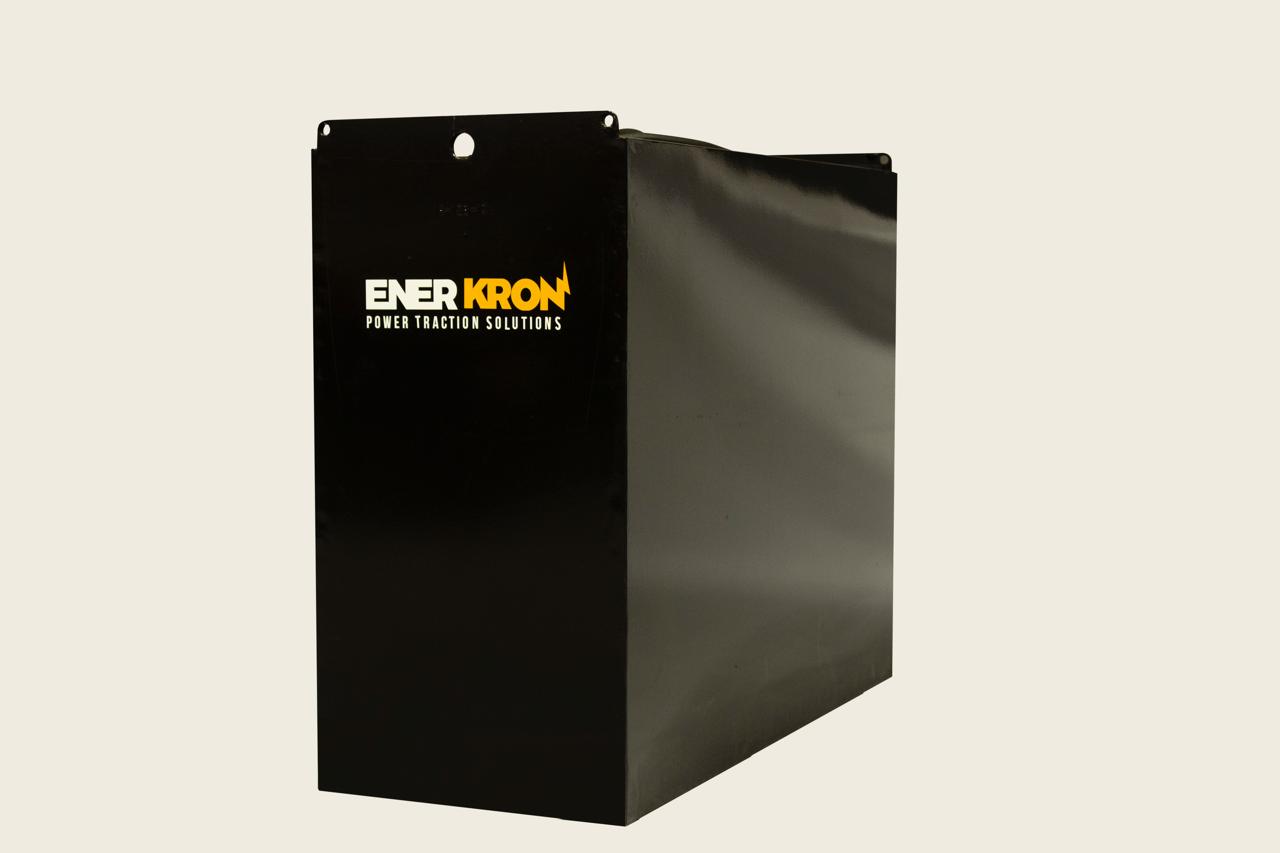
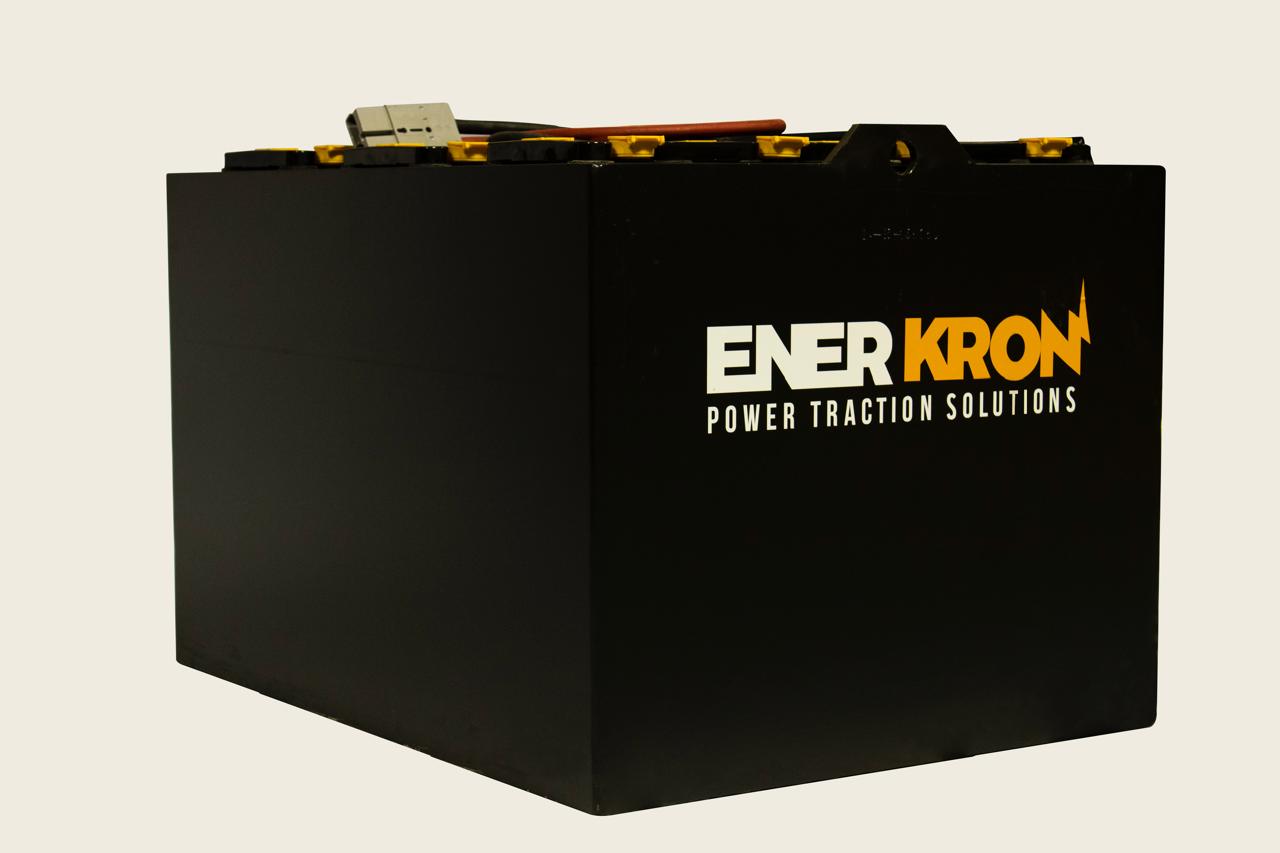
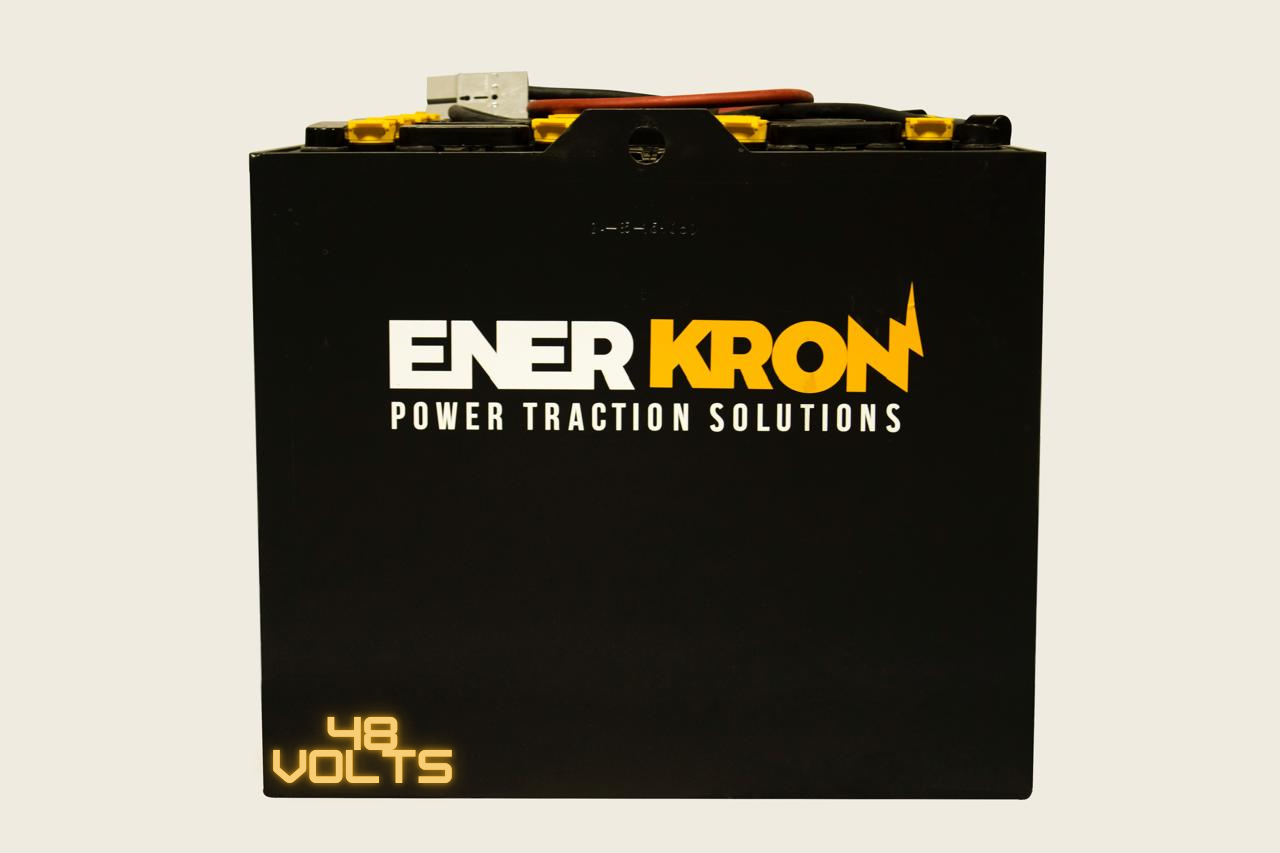
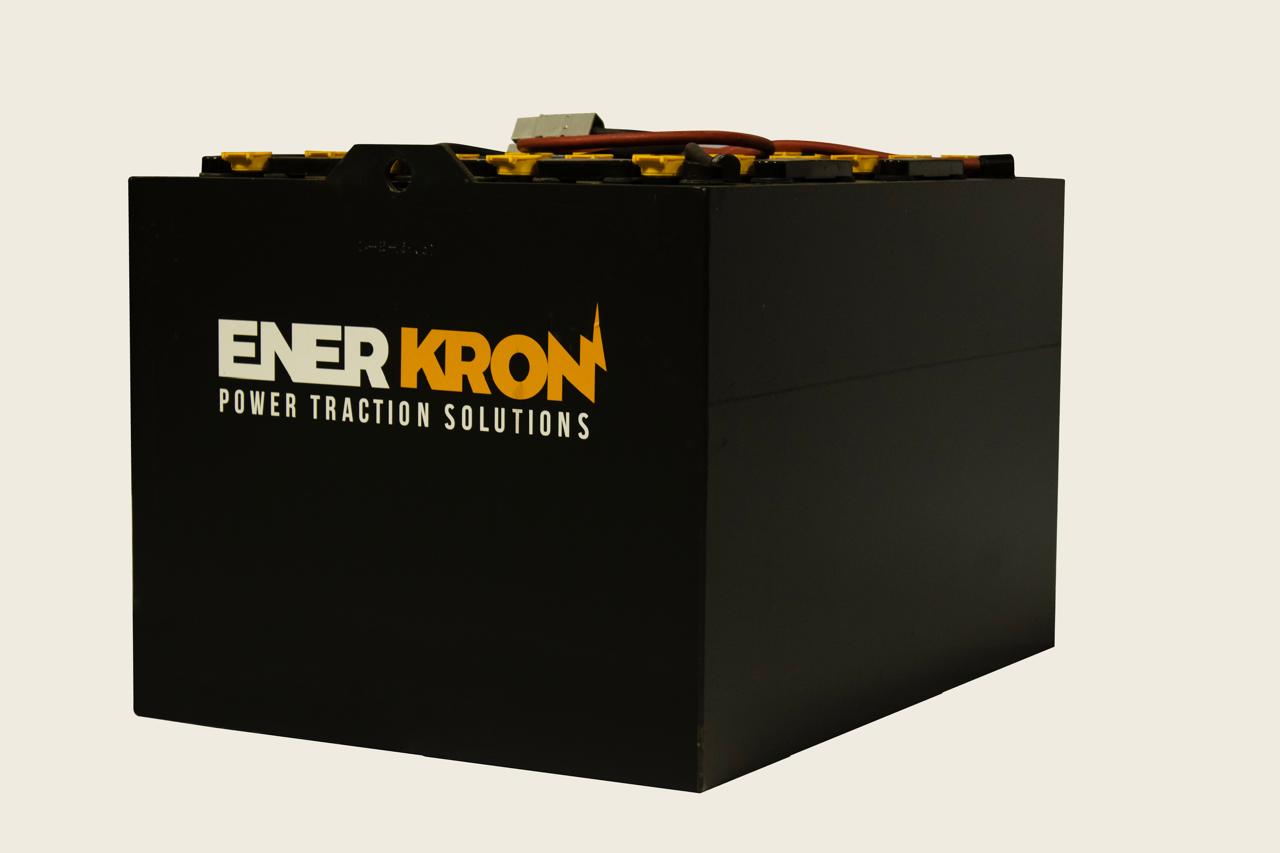

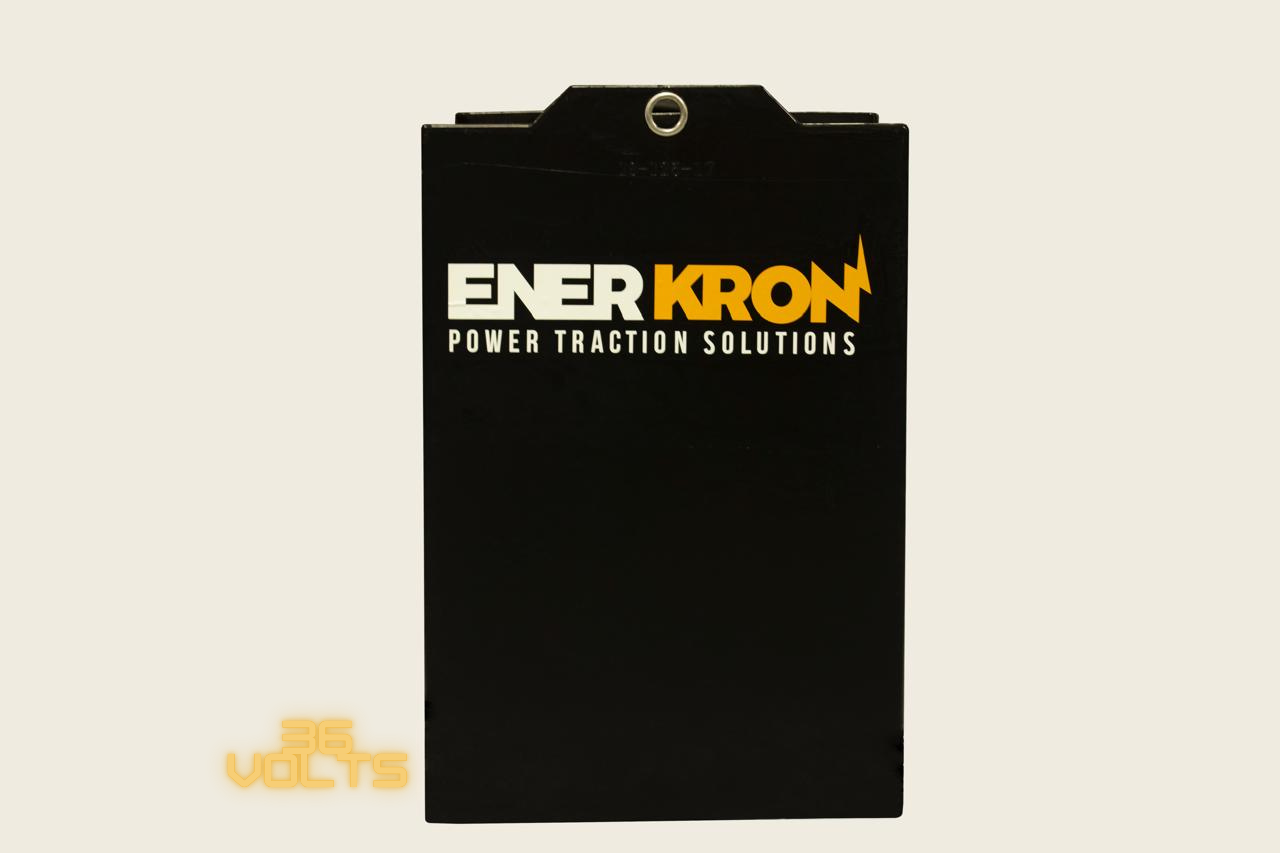
CELLS
“Electrochemical cells are the fundamental building blocks of batteries, storing and releasing electrical energy. Battery cells are configured in series or parallel to achieve the required capacity and voltage for powering electronic devices and systems. The performance and durability of a battery are largely determined by the quality of its cells and overall architecture.
– Key Features:
– High capacity and energy density
– Low self-discharge
– Long lifespan
– Flexible design for customized applications
– Benefits:
– Cost-effective
– Easy installation
– Adaptable configuration
Technical Specifications
– Battery Type: Lithium-Ion (Li-ion)
– Nominal Voltage: 24V, 36V, 48V
– Capacity: 200Ah, 300Ah, 400Ah
– Cell Type: High-density lithium-ion cell
– Materials: Nickel-manganese-cobalt oxide cathode, graphite anode
– Battery Management System (BMS): Integrated to monitor and control battery state
– Connectivity: High-current connectors for secure and easy connection
– Dimensions: Vary depending on capacity and voltage (consult detailed technical specifications)
– Weight: Vary depending on capacity and voltage (consult detailed technical specifications)
– Operating Temperature: -20°C to 45°C
– Life Cycles: Up to 3000 charge/discharge cycles
– Warranty: 5 years or 3000 charge/discharge cycles (whichever occurs first)
Features and Benefits
– High Efficiency: Higher energy efficiency and lower energy consumption
– Long Life Span: Up to 3000 charge/discharge cycles for extended lifespan
– Low Maintenance: No maintenance required, except for regular recharging
– Safety: Designed with safety in mind, with protection against overcharge, over-discharge, and short circuits
– Compatibility: Compatible with a wide range of forklifts and electric equipment
More information
Physical Address
2800 Williamas St, San Leandro
Work Hours
Monday to Friday: 7am – 7pm
Weekend: 10am – 5pm
Email Address
contact@ener-kron.com
ventasempresariales@enerkron.com.mx
Phone Numbers
442 2501120
